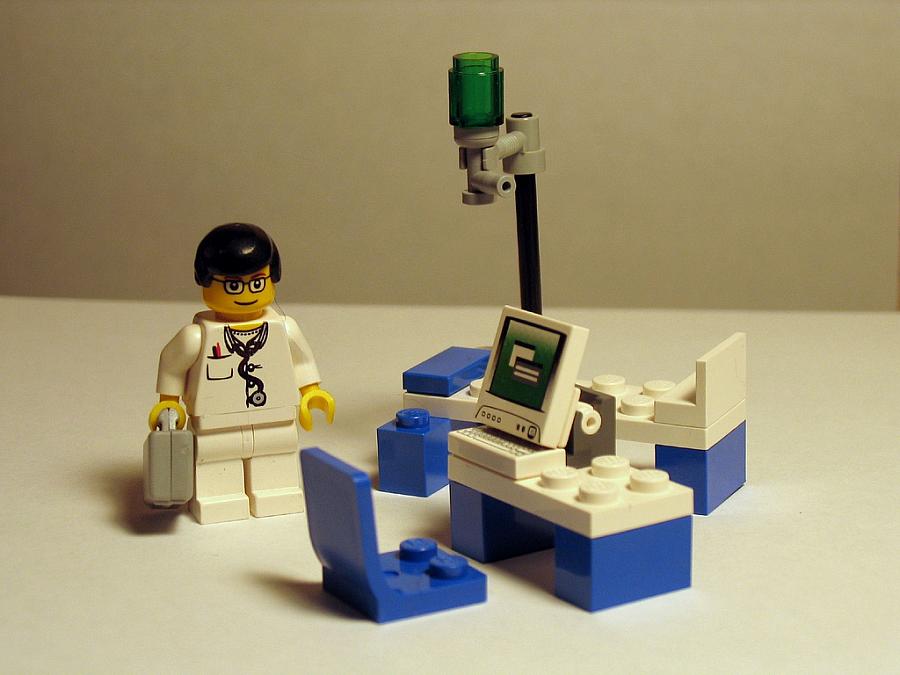Healthcare – Quality or Quantity?

What if you could take one pill and live 10 years longer? What if that pill also made you bald? What if the pill made you bald and nauseas? What if that one pill made you bald, nauseas, dizzy, impotent, and blind? Would you take that pill? At what point does quality of life erase quantity of life?
The lead clinical article in the August 16, 2012 issue of the New England Journal of Medicine attempts to answer that question for PSA testing. The blood test Prostate Specific Antigen (PSA) was designed to detect and measure prostate cancer, but it is the center of a great deal of debate. Recently the U.S. Preventative Services Task Force withdrew their support for the use of PSA to screen healthy men, resulting in vociferous testimony from academics, urologists, primary physicians and patients.
In “Quality-of-Life Effects of Prostate-Specific Antigen Screening”, the authors looked at two sides of the argument. They first asked, "how often does PSA save lives?" They found that yearly screening of 1000 men from the age of 55 to 69 years old results in a reduction of prostate cancer mortality over those 15 years, from 32 deaths to 23, which is a 28% reduction. That is the quantity part of the argument and seems to be an encouraging result.
Then the researchers used a complex computer model to look at quality. They propose that the loss of quality in life can be subtracted from quantity. They estimated the negative effects from PSA screening such as overdiagnosis, by finding and treating slow growing prostate cancer that was not dangerous (42%), radiation toxicity, impotency (40%), hormone side effects, incontinence, bowel dysfunction, depression, or simply having to go through cancer therapy years before it was absolutely needed. These toxicities are particularly critical if a man does not require treatment at all. They noted that men successfully treated for prostate cancer complain of decreased general physical function up to 10 years after treatment. The researchers did not look at financial costs.
These complications and side effects were used to calculate QALYs, or quality-adjusted life-years. That is they adjusted each year of life for the side effects and quality of that life. A year without any side effect had a slightly higher value than a year incontinent and impotent. Incredibly, the estimated loss of QALYs was 23%. In other words, PSA screening in 1000 men over 15 years saves 9 lives, but loss of life quality takes away 7. This is statistically the same. Quantity was wiped out by loss of quality.
This remarkable and sophisticated analysis attempts to incorporate the “real world” affects of a public health measure applied to large numbers of potential patients. Yes, PSA testing saves lives. However, it also takes away the quality of life. This study demonstrates how difficult and complex medicine can be and the challenge to evaluate the final affects of treatment.
There will be three reactions to this study. First, some will discard any such analysis as comparing “apples to oranges.” They will say, "Saving lives is worth complications, side effects and a loss of quality.” It will be argued that treatment toxicity cannot be directly balanced against life gained. However, such data is at least a tool to help each patient make personal decisions about their health. For some patients life may be worth almost any side effect. For others avoiding side effects may be critical. If the PSA test has a 1.02% chance it will save your life but there is a 40% chance you will become impotent if you do need treatment and a 42% chance even if the test finds cancer you do not need treatment at all, what will you do?
Another reaction to this type of study will be that such an analysis may result in rationing. Perhaps insurance companies or Medicare will use this research to deny payment for PSA testing. Then the only people getting PSA testing will be those with more money or “better” health insurance. While it is very likely that by producing higher quality and more personally satisfactory medical care that significant savings can be realized, such a criticism misses the point of this study which did not directly address cost at all. The bizarre consequence of reducing this data purely to dollars, instead of quality, is that if you have more money you can afford to buy worse medical care.
Many see in such an analysis the key to an exciting future. This data gives to individual patients, doctors, and health planners, tools to judge the total impact of a particular medical intervention. It would be fascinating to see this type of quantity verses quality analysis on expensive and complex therapies such as robotic surgery, cardiac catheterization, proton beam radiation, antidepressants, vaccines, back surgery, colonoscopies and yearly physical exams.
Quality adjusted life studies have the potential to help design more effective and perhaps less expensive healthcare. They can optimize the impact of medicine by empowering patients with the tools to make informed decisions. It is likely that as we improve medical decision making, we will make care more efficient, which is to say not only better, but more affordable. By careful analysis we can have it all, quality and quantity, with a few dollars left over for tomorrow.

